
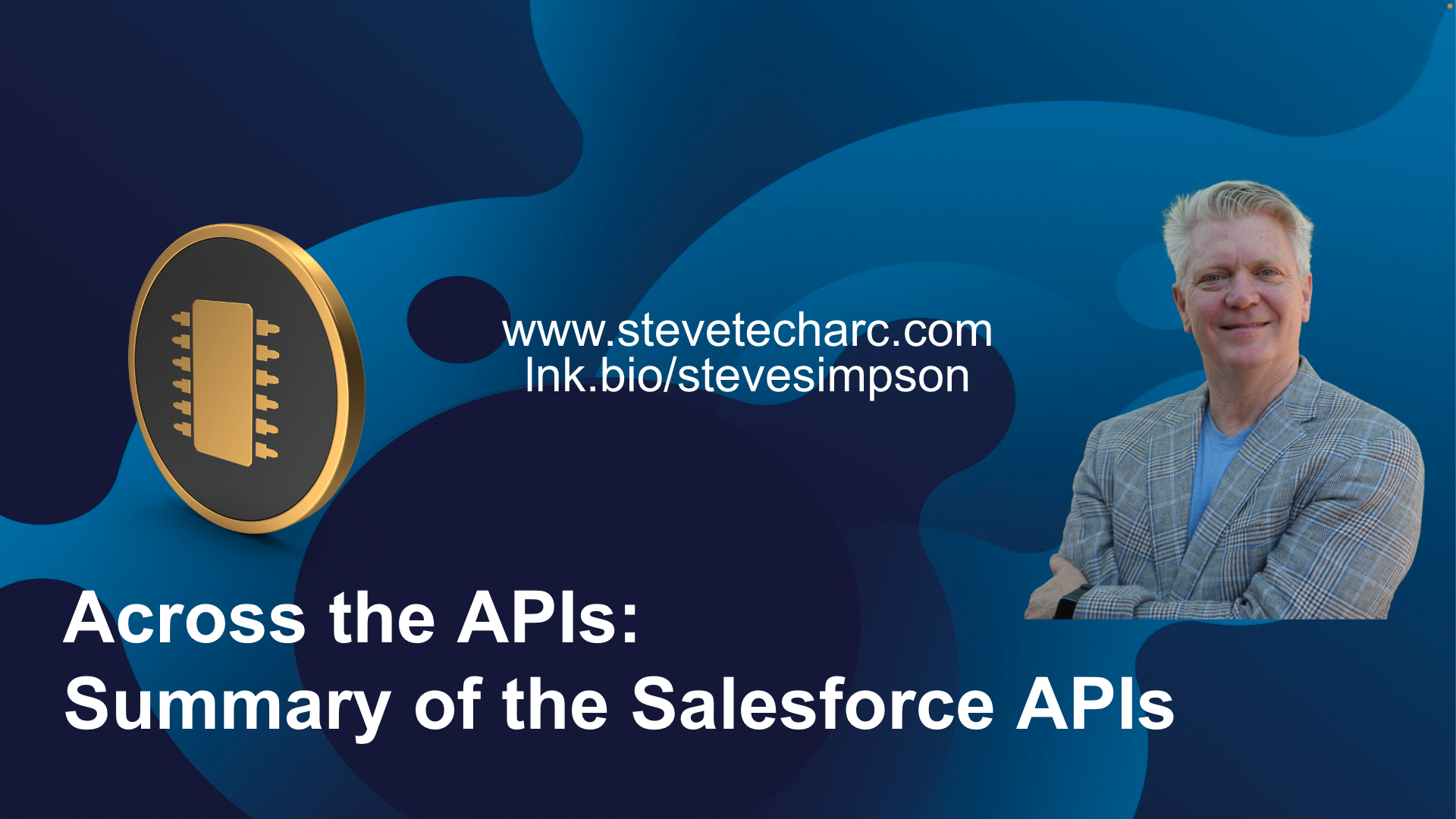
Across the APIs: Summary of Salesforce APIs
In this blog/video, I delve deep into the realm of Salesforce APIs, your gateway to robust and seamless integrations.
We will review the many different APIs available.
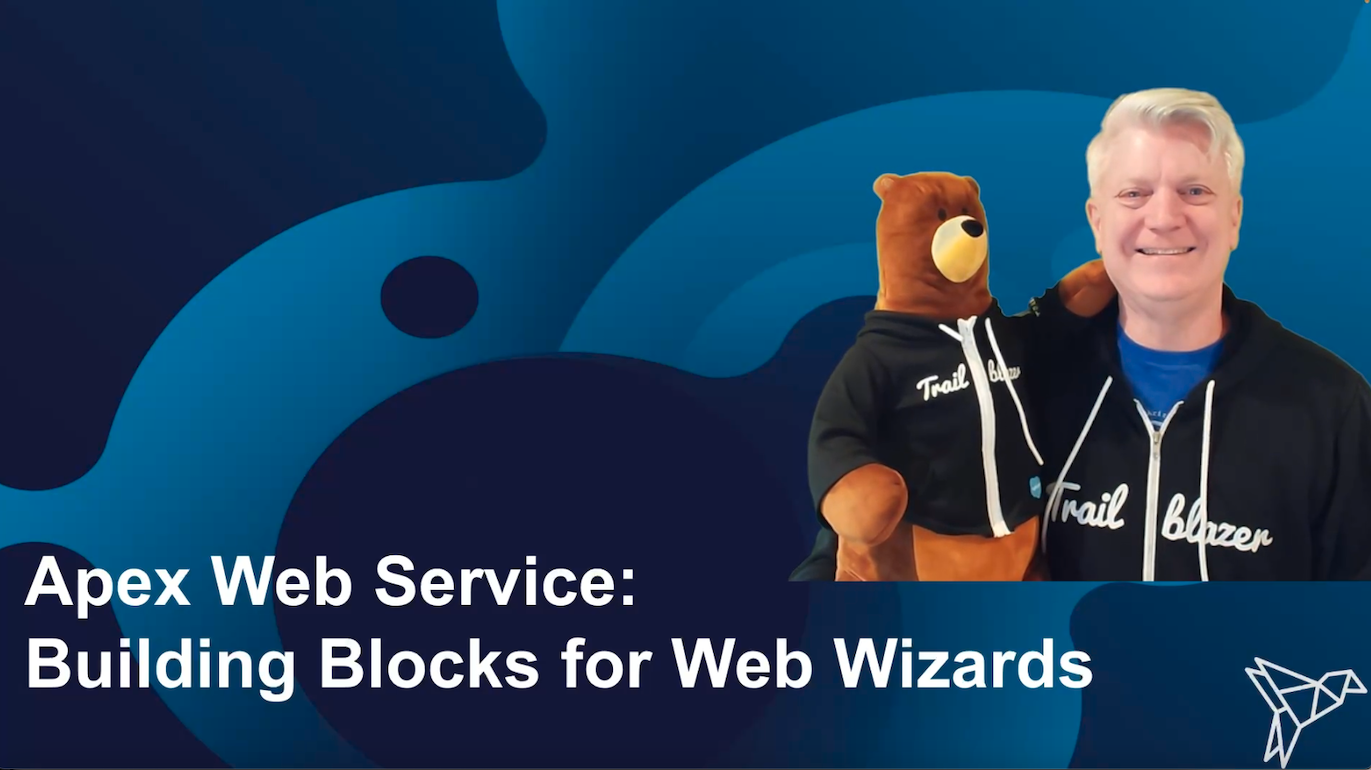
Apex Web Service: Building Blocks for Web Wizards
There are times when the standard Salesforce REST API is not the best way to have an external client access Salesforce. This is when you may need to build a custom Apex Web Service. In this blog/video, I walk you through the basic steps for building a custom Web Service:
1. Showing how the bare bones lines of code required
2. Adding complexity for controlling the JSON and handling incoming parameters
3. Showing how to have a controlled JSON Request and Response for inserts, and also handle and communicate errors to the Client
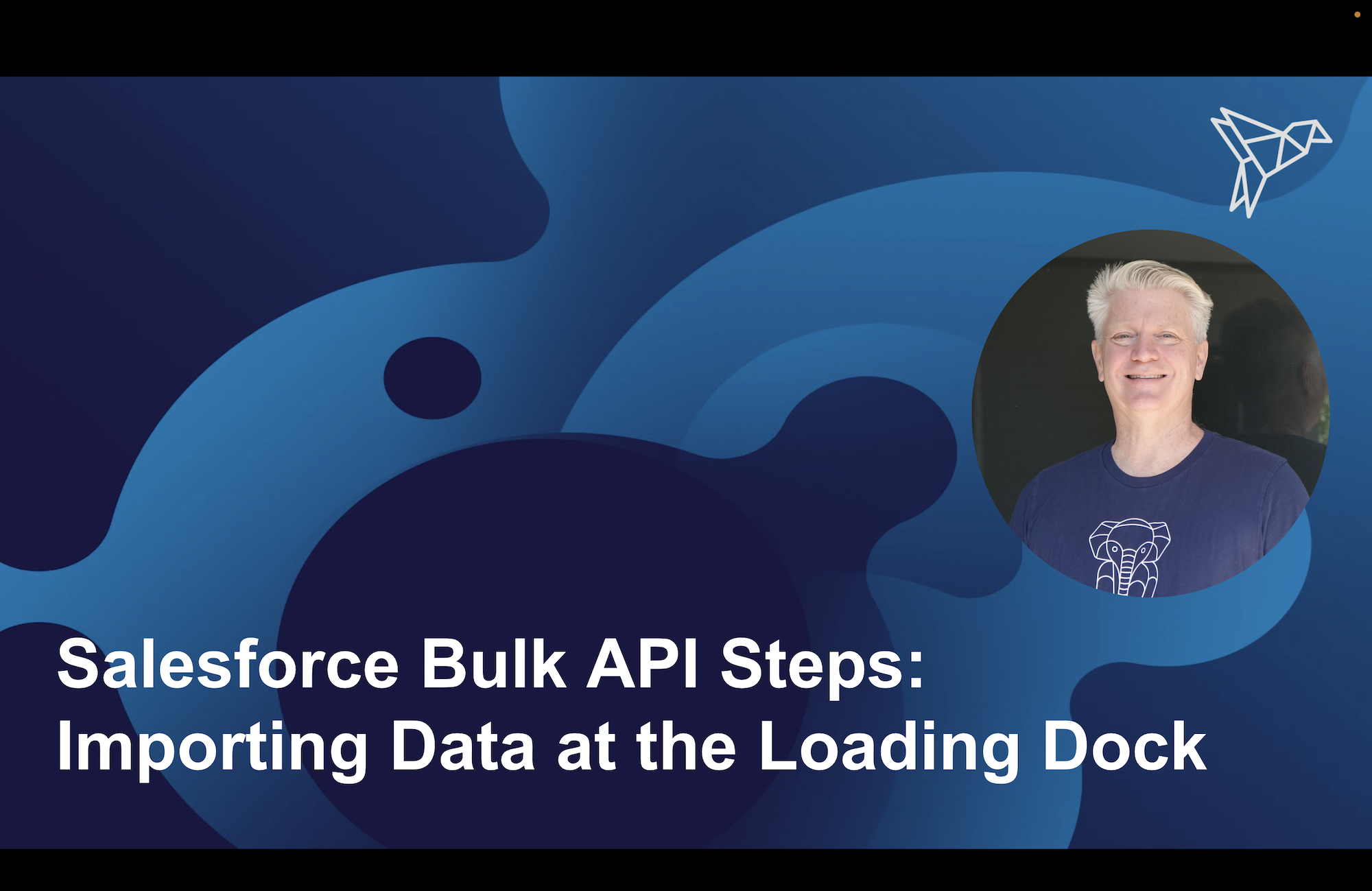
Salesforce Bulk API Steps: Importing Data at the Loading Dock
Loading large number of records into Salesforce should be done by the Bulk API instead of the REST API.
In this blog/video, I walk through the five (5) Steps of the Bulk API and then demo it using Postman. These 5 steps can be thought of as loading data through a loading dock.
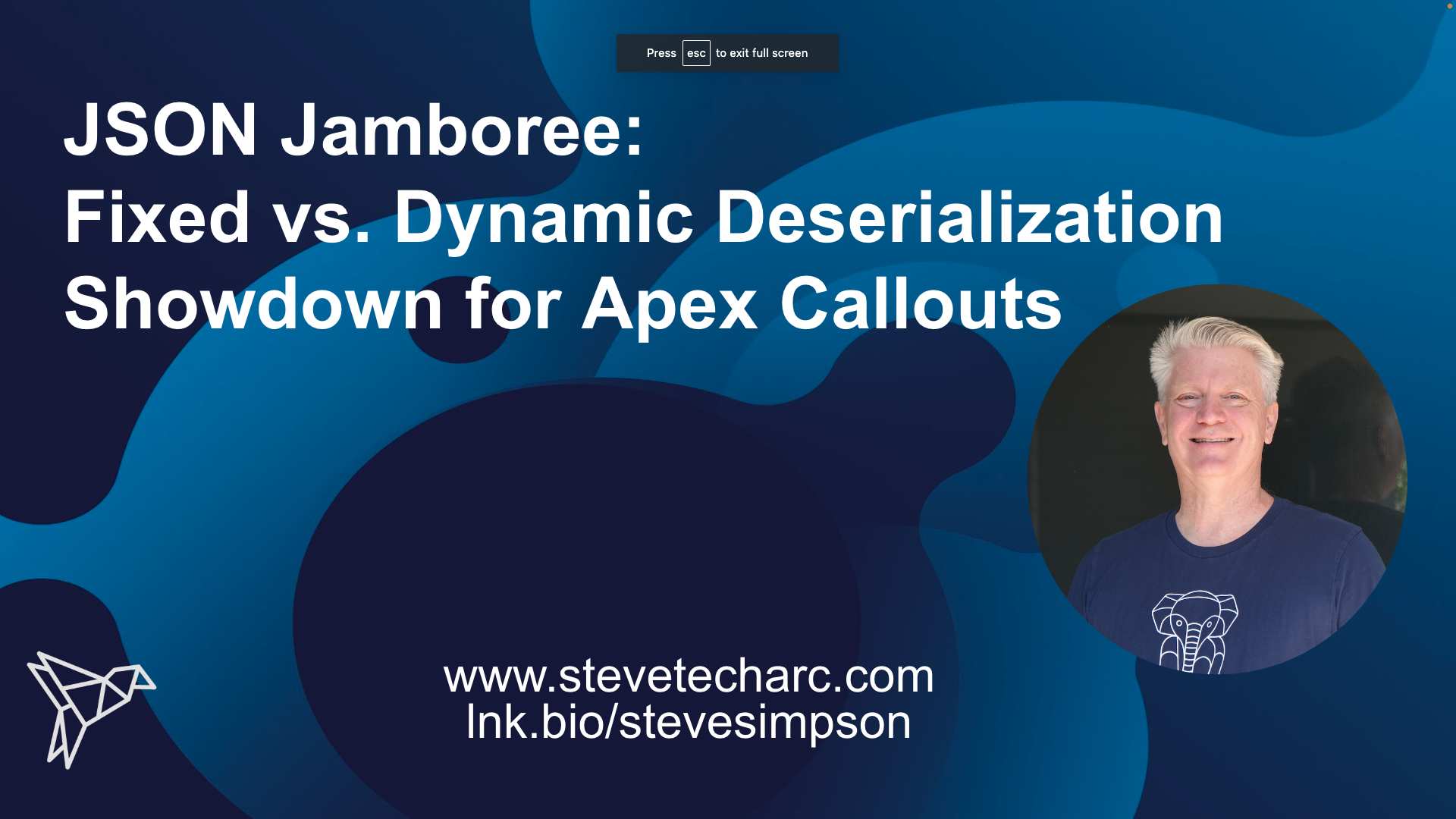
JSON Jamboree: Fixed vs. Dynamic Deserialization Showdown for Apex Callouts
When you are in Salesforce and using Apex to make callouts to JSON Web Services, you have a choice about how you can deal with the JSON for outgoing and incoming serialization and deserialization. I cover:
1) Apex with Fixed JSON classes or structures, along with some of the benefits;
2) Apex with Dynamic Deserialization, which takes code and more effort, but can allow you to process more complex JSON;
3) How you can use Custom Meta Data to handle the incoming data dynamically, giving you a flexible system that can be modified without redeploying code.
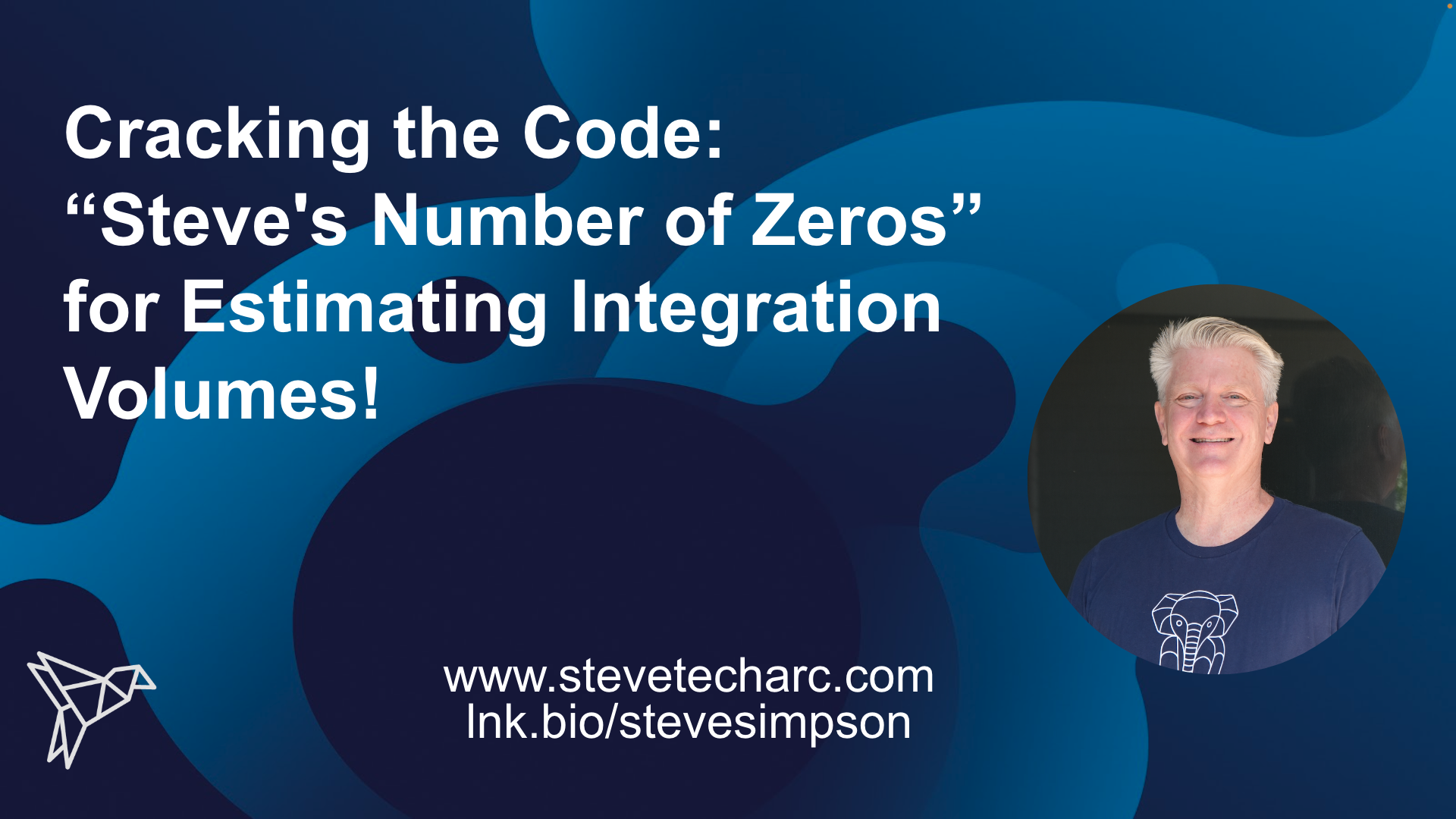
Cracking the Code: “Steve's Number of Zeros”for Estimating Integration Volumes!
When planning Integrations, choosing the correct approach can be dependent on the projected load. Getting this information from the business users at the start of a project can be challenging.
In this blog/video, I show how ""Steve's Number of Zeros"" approach can help the Integration Architect build reasonable estimations that can be the foundation of the integration planning.
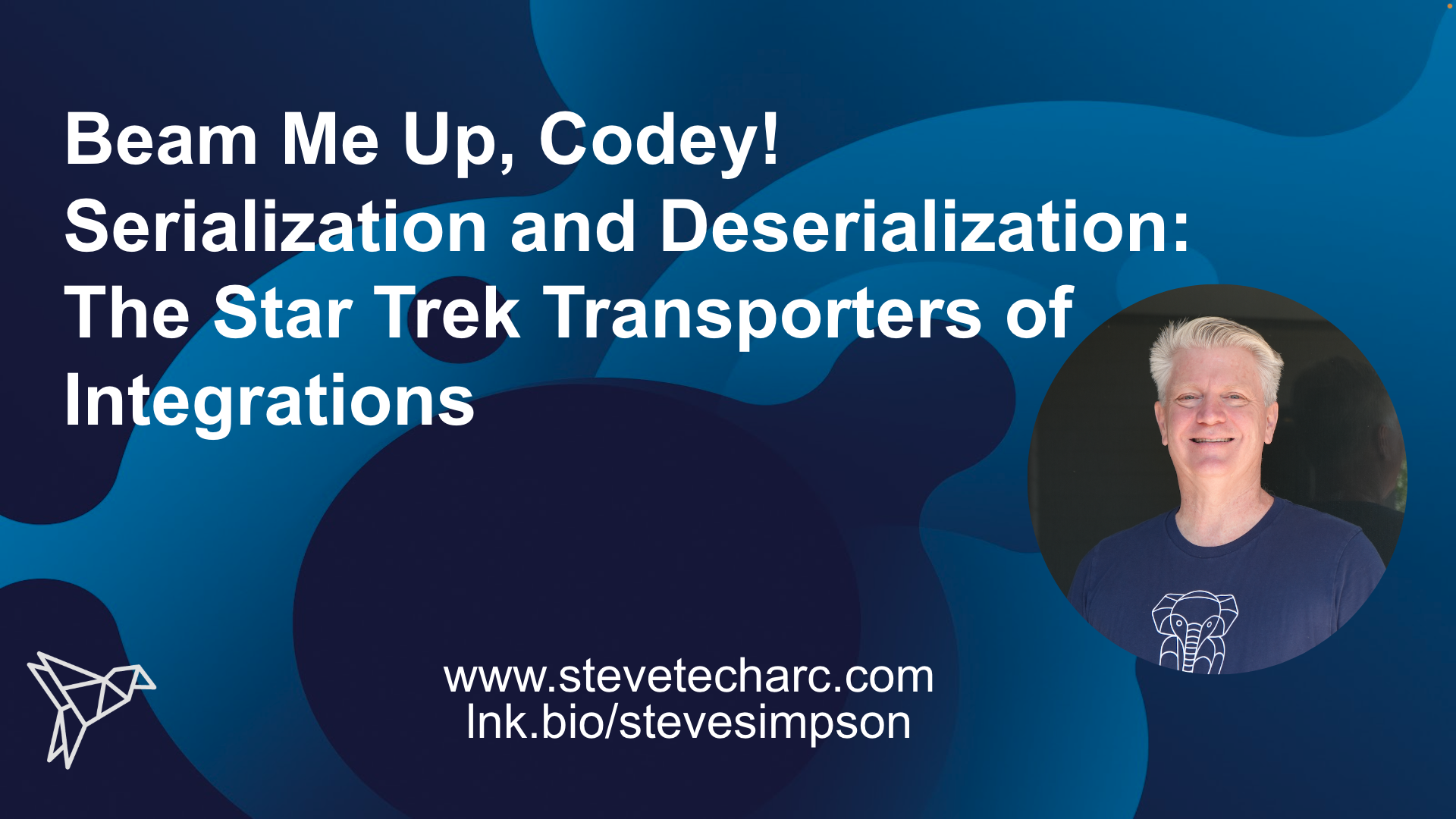
Beam Me Up, Codey! Serialization and Deserialization: The Star Trek Transporters of Integrations
Understanding Serialization and Deserialization is a key concept for Integration Architects; kind of like using the Transporter on Star Trek.
I walk through key concepts about how data can be moved between two different processes. Serialization creates a stream that is communicated to another process. At the end, deserialization is used to put the data into a usable format.
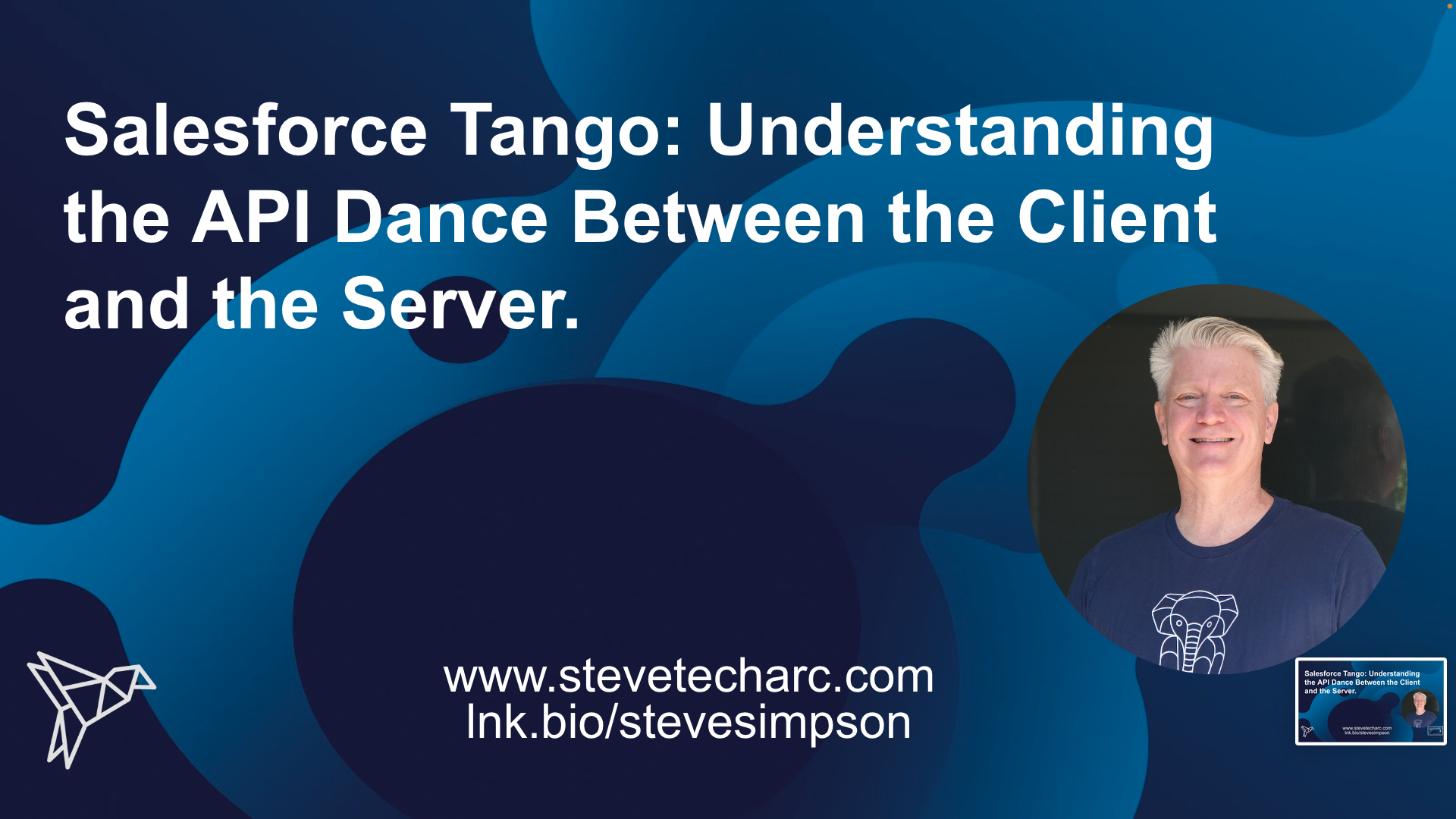
Salesforce Tango: Understanding the API Dance Between the Client and the Server.
When making API calls, one process is the Client and one process is the Server. Like two Tango Dance Partners, each one has a different set of moves. One must understand the key responsibilities of each. This is a walk through of the different roles and responsibilities for the Client and the Server.
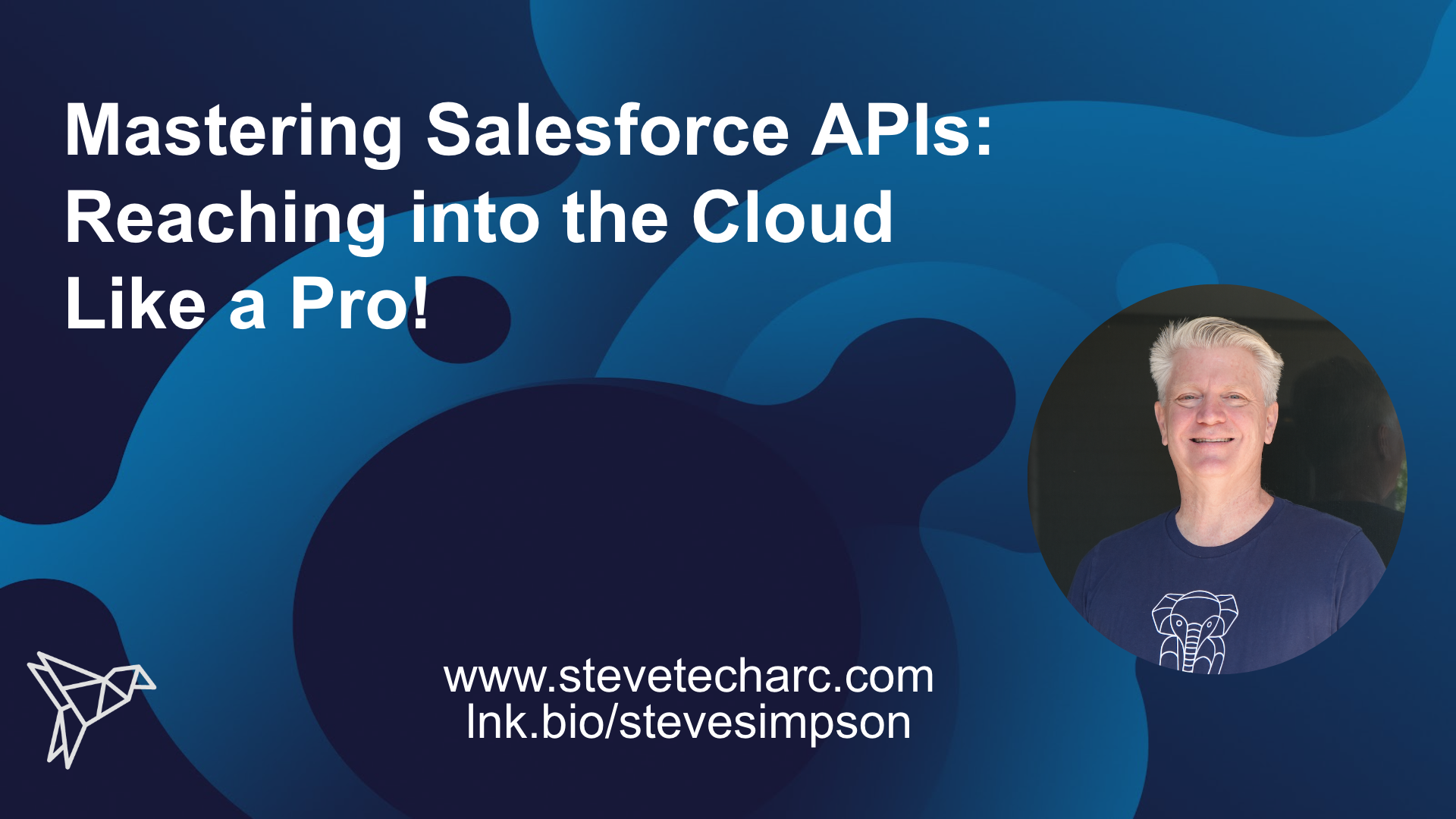
Mastering Salesforce APIs: Reaching into the Cloud Like a Pro!
This is a guide through the many different ways to reach into Salesforce Core to read, write, and update data. Includes: Versioned Web Services, Non-Versioned Custom Web Services, HTTPS, Portals, and SMTP. This will give the Architect a high level view & show where to find key documentation.
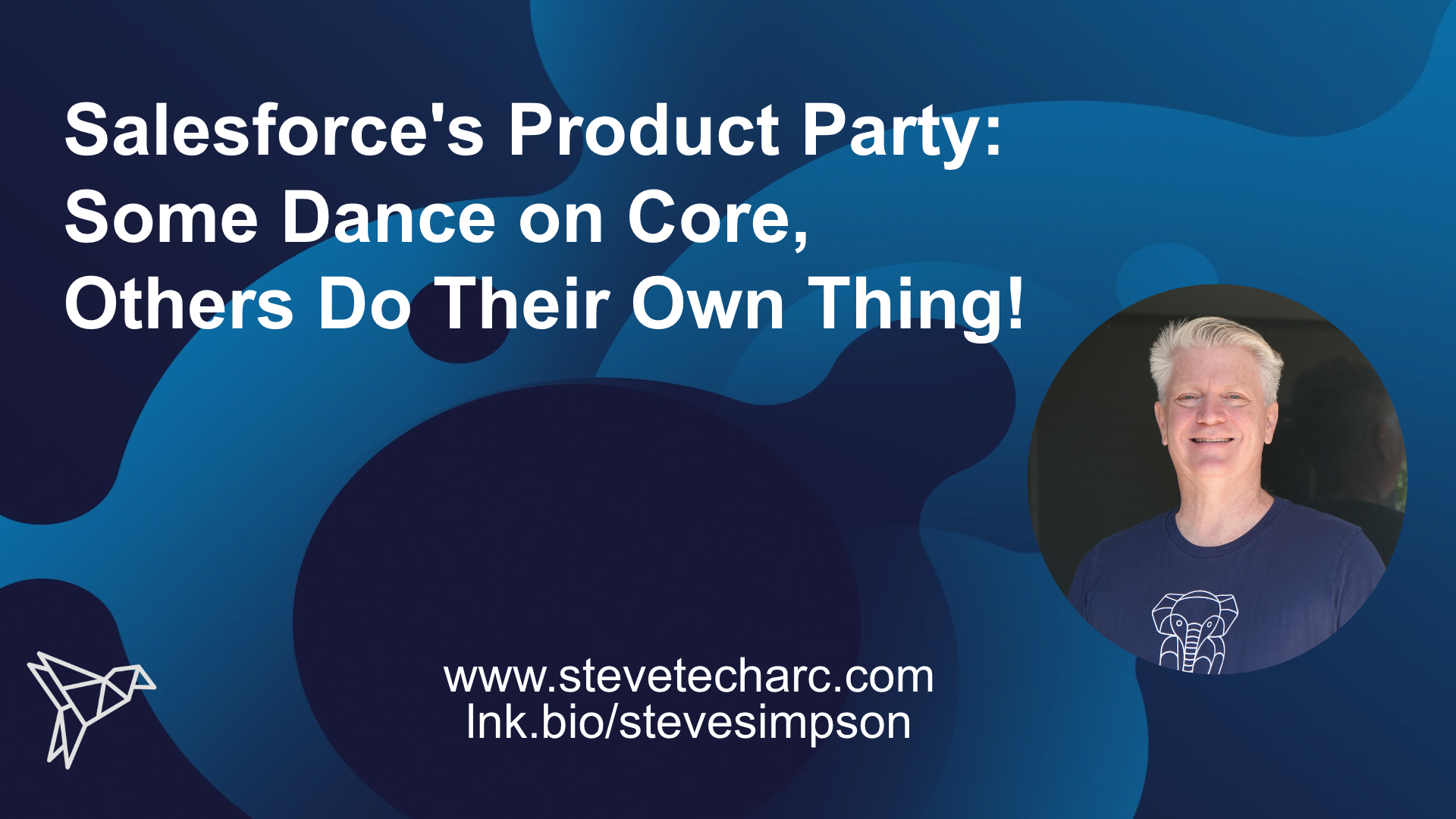
Salesforce's Product Party: Some Dance on Core, Others Do Their Own Thing!
This is a summary of most Salesforce Products, and how they are grouped together in their hosting. Additionally, I take you through the Salesforce Trust website and show the hosting.